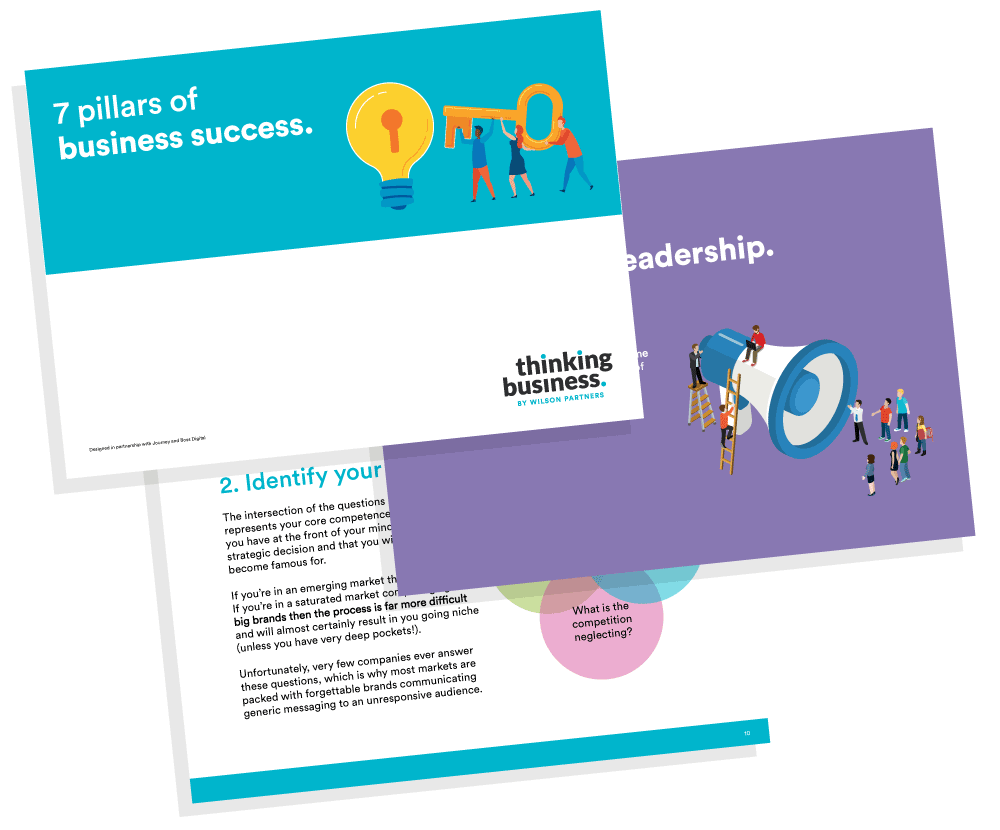
R&D vs Innovation
R&D plays a crucial role in advancing various academic and industrial fields. In essence, the definition of R&D is very broad where several activities and functions fall under the umbrella of R&D, this includes, scientific research, technology development and product development.
What is R&D?
- Process improvement, through the investigation and implementation of new techniques to improve commonly used processes efficiency, cost, sustainability, or emissions.
- Innovation, through generating and exploring new ideas, concepts, and solutions to address specific challenges or capitalise on opportunities including creative problem-solving techniques.
- Intellectual property management, including identifying, protecting, and managing intellectual property assets generated from R&D activities.
- Collaborations and partnerships with academic institutions, research bodies or other industry partners.
- Feasibility studies to evaluate the technical and economic viability of potential projects or ideas through market research, cost-benefit, and risk analysis.
- Project management, including R&D planning, resource allocation, timeline management, and collaboration of multidisciplinary personnel.
- Data analysis and modelling, including analysing and interpreting the data collected during the R&D activities using statistical analysis, visualisations, predictive modelling, and simulation.
- Knowledge sharing and documentation, this includes sharing findings and publishing results to allow for knowledge preservation and facilitate further collaboration, experimentation, and validation of studies.
The definition of R&D for R&D tax credit purposes is set out in the BEIS guidelines and states that R7D occurs when a project seeks to achieve an advance in science or technology. The activities which directly contribute to achieving this advance in science or technology through the resolution of scientific or technological uncertainty are considered R&D. Apart from intellectual property management, feasibility studies, and knowledge sharing and documentation, all the technical aspects R&D meet this definition. It should be noted that relief for the intellectual property created through the R&D process is covered by the patent box scheme.
although technically, innovation falls under the umbrella of R&D, this is not the case from an R&D tax credits point of view. The Innovation Team at Wilson Partners process a large amount of R&D tax credit claims every year and in out experience many companies mix-up the definition of R&D and innovation for tax purposes. Whilst every innovation represents a form of progress by introducing something new or improved, in many instances, the improvement is either not significant or transformative in terms of the science or technology required to implement it.
Whilst the innovation may represent something novel or new to the claimant business, this itself is not sufficient to be eligible for R&D tax credits, the innovation must represent an overall advance is publicly available or readily deducible knowledge/capability in the overall field being advanced. Claims that do not meet this threshold will be disallowed by HMRC and companies may be subject to penalties on enquiry.
What is innovation?
Innovation refers to the process of implementing novel ideas, methods, products, or services which could potentially result in innovative new or improved solutions. The key characteristics of innovation are:
- Novelty, which can be found during any stage of the innovation cycle including a new product, service, process, business model, or way of thinking.
- Creativity and imagination, by exploring new possibilities or ways to utilise and implement currently available knowledge.
- Value and improvement, by creating value to users through improving processes and services to enhance efficiency, performance, user experience, functionality, and cost effectiveness.
- Market impact, in which successful innovation has a positive impact on the market in terms of industry disruption, transforming business models, increasing market share, and driving organisational change.
- Iterative and continuous, innovation is an ongoing process that involves continuous improvement. Often, it builds upon previous innovations and evolves over time.
- Multidisciplinary collaboration, where collaboration between different ideas, disciplines and perspectives takes place to generate new innovative solutions.
- Risk and uncertainty, as innovation involves taking risks and navigating
uncertainties.
Although all these aspects fall under the umbrella of R&D from a technical point of view, from an R&D tax standpoint, creativity, added market value, and multidisciplinary collaboration where the research is not scientific or technological does not qualify as R&D per the BEIS guidelines.
However, in some instances, R&D can be an integral part of the innovation cycle especially when anticipated or unanticipated technical and scientific challenges occur during the project that necessitates R&D as the methodologies/knowledge required to resolve these challenges are not in the public domain of the prospective fields of any of the project’s parties. This could potentially lead to scientific and technological advancements which can be utilised later for more innovation across a wide range of industries.
Event
Webinar – Changes to the UK Trust Registration Service, May ’22
A short webinar and Q&A session with our Trust specialists Jodie Green and Sara Pedrotti. You can view the video and download the presentation here.

Download our free guide to the 7 pillars of business success
Read our free guide what you need to focus on to help you make better decisions and achieve your goals quicker.
Please complete our form to download the guide.
Sign up to receive alerts
Call us on 01628 770 770 for a no-obligation chat
You may also be interested in...
Meet the team in 90 seconds – Lesley Kibble
Introduce yourself Hi, I'm Lesley, outside of work I love to travel with my partner Lee and visit new places. I recently returned from Krakow, Poland…
Seeking investment: Getting your business fit for investment
Get your house in order before seeking finance, and you may not need it! Before looking for capital from external sources, it is paramount to ensure…
Meet the team in 90 seconds – Tom Bradbury
Introduce yourself Hi, I'm Tom and I am a Director in the Corporate Finance Team here at Wilson Partners. I started my career and did my training…




